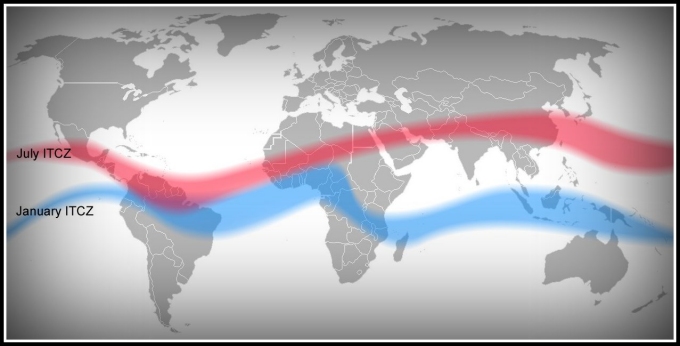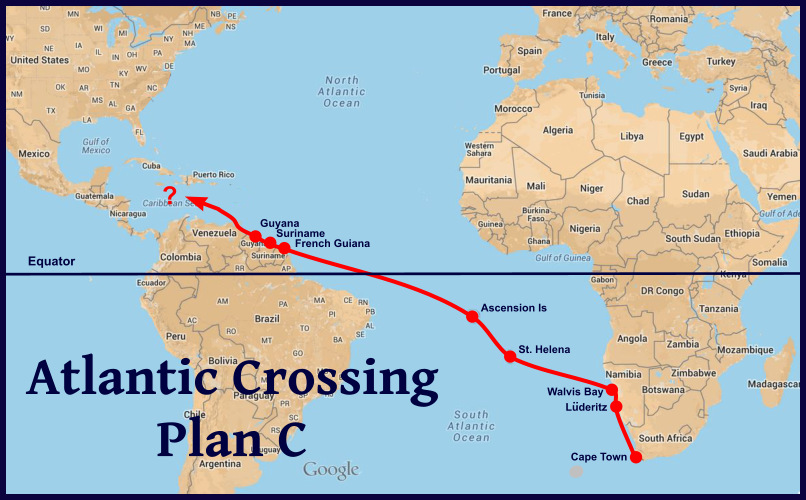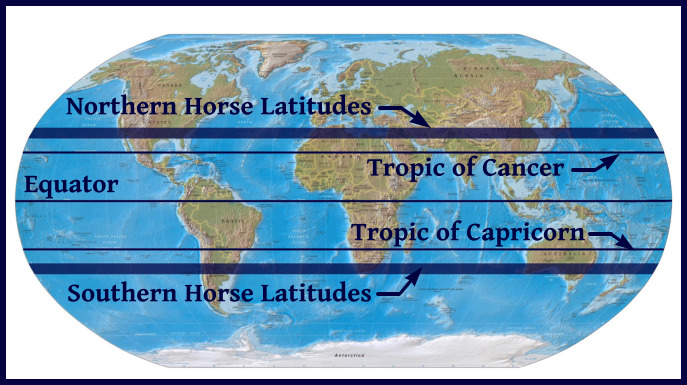That Pesky Chore List
/Under Control
That chore list I described when we first arrived here in Lüderitz is actually getting a bit shorter. I know you think we've only been gallivanting over the Namibian countryside and cavorting over deserts chasing wild horses, but in actuality, we're also getting a few things accomplished … and they were actually on the to-do list.
We've had a couple of extremely windy (30-35+ knot) days when there was a chop on the bay and we could see whitecaps all around us. Those were good days for concentrating on inside chores. With so much power, I was able to sew without worrying about power consumption. I fabricated a new dinghy engine cover which I'd been putting off (rather successfully, I might add) for over a month.
I re-stitched the boom crutch cover, but as usual, it wasn't as easy as anticipated. The twist-locks which hold the cover in place were pulling out, so they had to be removed. I stitched on reinforcement patches (12 of them) and then David re-installed the twist-locks. Typical small project that should have taken 30 minutes ended up taking a whole morning. Sewing a new zipper in my foul weather bibs was easy compared to the other two projects. And the chafe guard between the dinghy storage location on the foredeck and the hatch cover was just straight stitching … a piece of cake … for me. David had some problems securing it, but managed after giving it some thought (and choice invectives).
David has been working on a rather clever electronics project: a gizmo that measures and displays the amps and amp hours produced by our alternative energy sources, i.e. wind, solar and prop generator. I'll let him tell you about it himself, but the finished product all mounted and labeled and backlit is pretty impressive. Of course, I'm from the “dark side” (marketing), so what do I know?
David's tackled the calcification in the head hoses … nasty job, but done. The fairleads for the traveler are now in place. He's tinkered with the reef lines and is happy with them now and the shaft brake has been adjusted.
Still, a few more things to do … additions actually. It's time for preventive maintenance on the dinghy engine and before we leave for the Atlantic transit, I need to do the annual ditch bag check. We've eaten up some stores, of course, so we'll need to do a mini-provisioning before we leave Namibia.
With all those chores accomplished, I think it's time for more play. Just need to convince the captain!
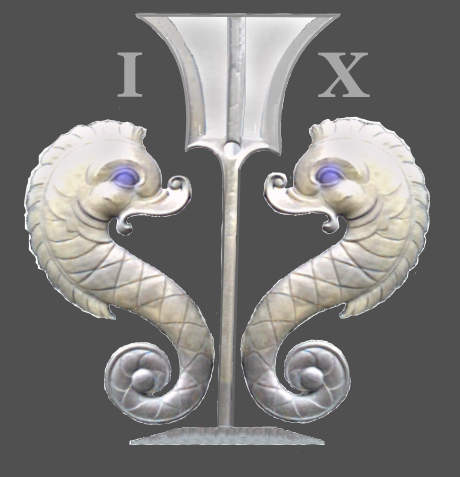


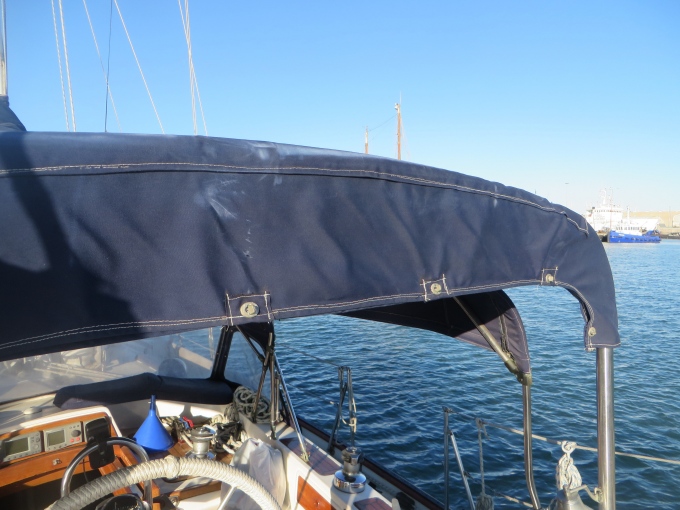
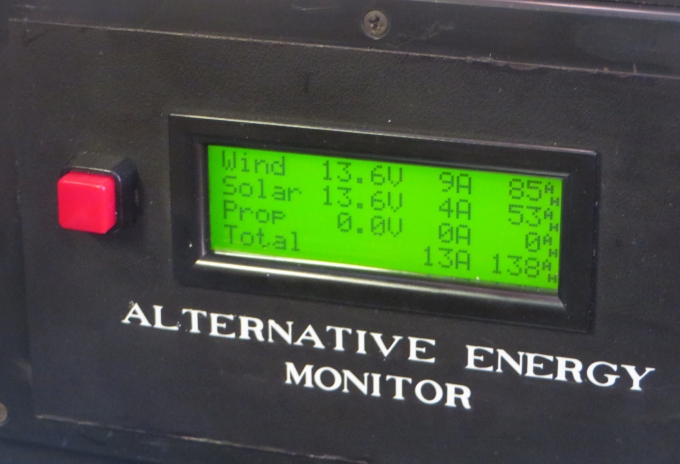

 and wind pilots, as well as available cruising guides and notes from friends. Most Atlantic crossing guides talk about crossing from the US to Europe and back. Fewer guides talk about the South Atlantic crossing. We've done it twice before from both directions, but at different times of the year. One crossing was rough (Uruguay to Cape Town) and one crossing was the stuff dreams are made of (Cape Town – Charleston,SC).
and wind pilots, as well as available cruising guides and notes from friends. Most Atlantic crossing guides talk about crossing from the US to Europe and back. Fewer guides talk about the South Atlantic crossing. We've done it twice before from both directions, but at different times of the year. One crossing was rough (Uruguay to Cape Town) and one crossing was the stuff dreams are made of (Cape Town – Charleston,SC).
